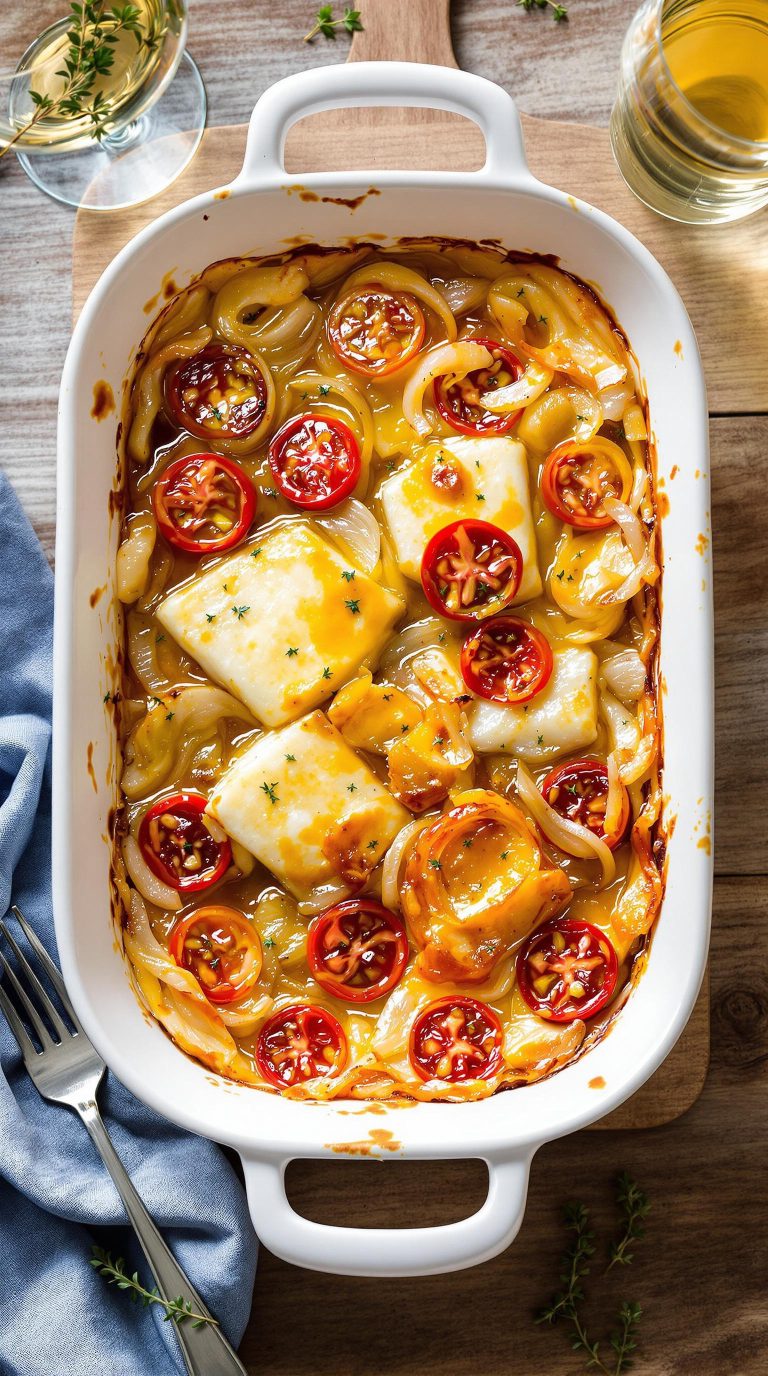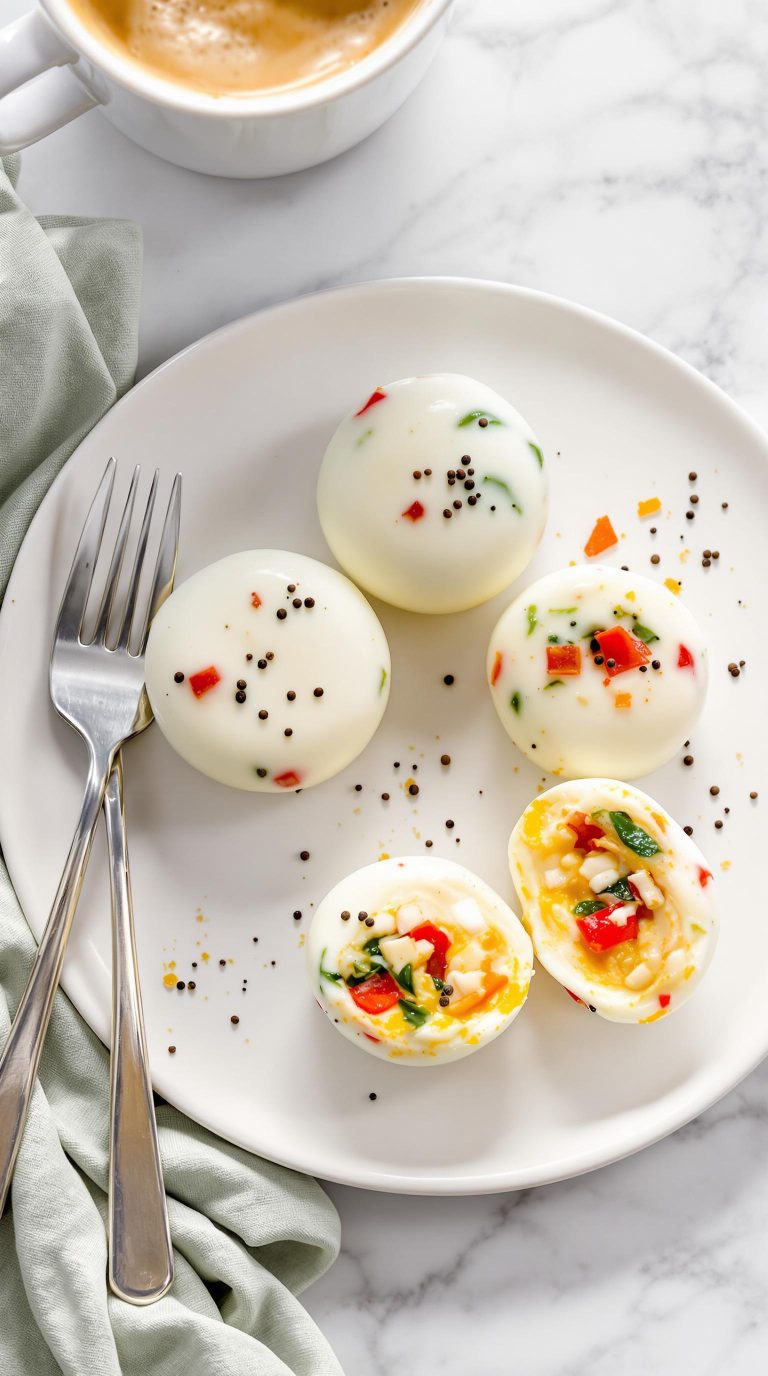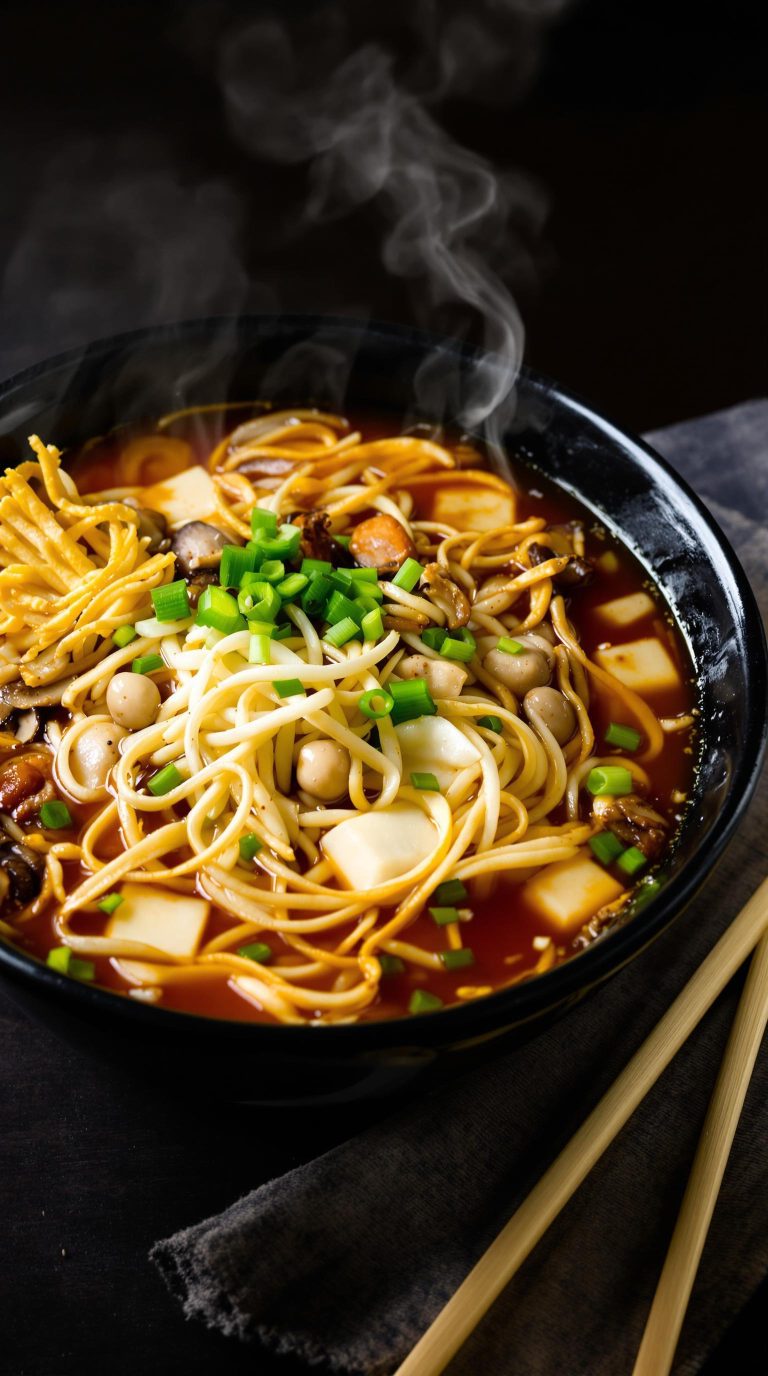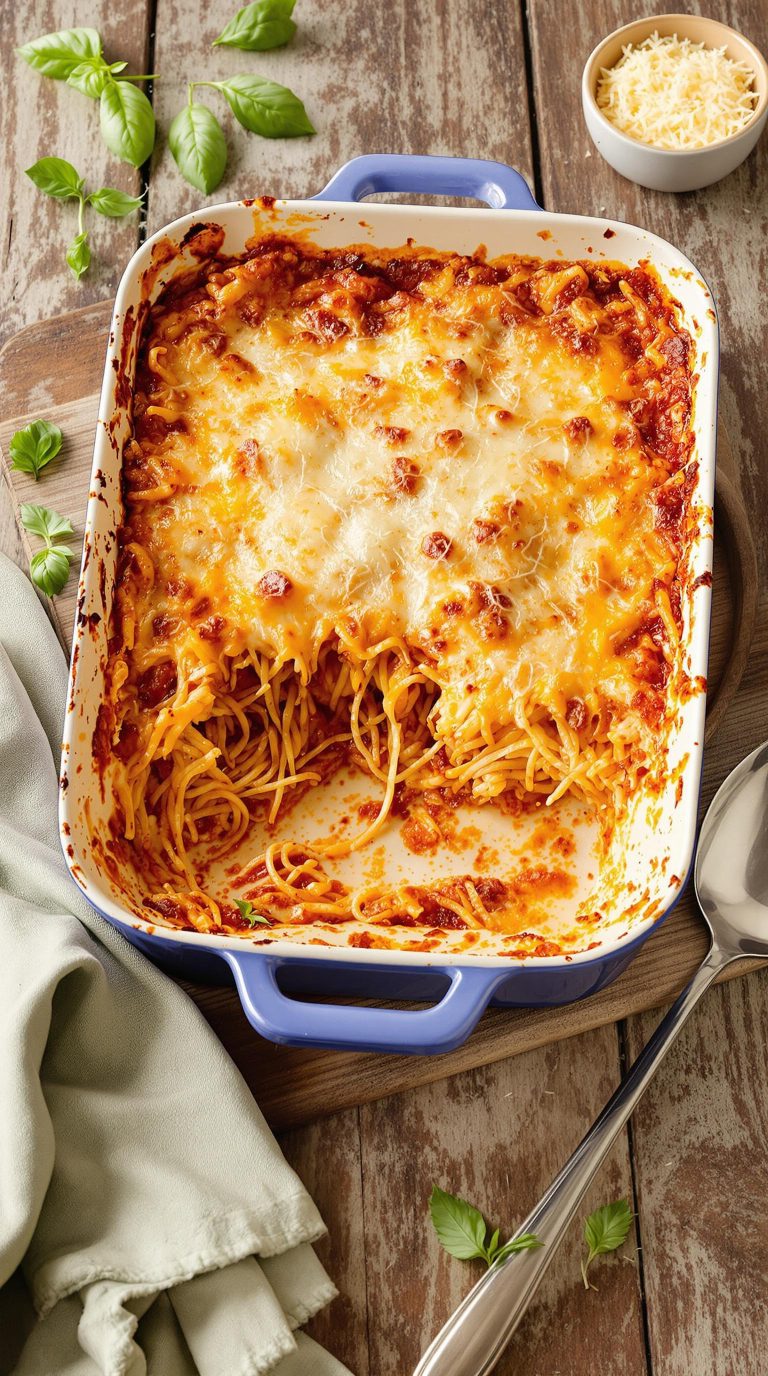Why You’ll Love this Perfect Prime Rib Roast
Perfection. That’s what you’ll achieve with this prime rib recipe. I’m talking about a showstopping centerpiece with a beautifully seasoned crust and melt-in-your-mouth interior that’ll have your guests swooning.
The dry-aging process in your fridge? Game-changer. It concentrates those beefy flavors and tenderizes the meat beyond belief.
What’s not to love about a foolproof method that delivers restaurant-quality results in your own kitchen? The simple combination of kosher salt, mustard, and fresh rosemary creates layers of flavor that complement, rather than overpower, that magnificent beef.
Pure carnivore heaven.
What Ingredients are in Perfect Prime Rib Roast?
Creating the perfect prime rib roast doesn’t require an extensive grocery list. In fact, the beauty of this magnificent cut of beef lies in its natural flavors that need only a few supporting ingredients to enhance what’s already there.
The simplicity of the seasoning allows the meat to shine as the true star of your dinner table, while the technique (which we’ll get to in the next section) does the heavy lifting.
- 1 (10-12 lb) five-bone standing rib roast, chine bone removed and tied back on
- 2 tablespoons kosher salt
- 1½ tablespoons dry mustard, preferably Coleman’s
- 1½ tablespoons chopped fresh rosemary leaves
- Fresh coarse ground black pepper, to taste
When shopping for your rib roast, quality matters more than almost anything else you’ll cook. Look for well-marbled beef with a bright red color and, if possible, dry-aged for extra tenderness.
The chine bone removal (which your butcher can do) makes carving easier later, but having it tied back on during cooking helps with even heat distribution.
As for the seasonings, don’t substitute table salt for kosher—the coarser texture and cleaner flavor make a difference.
And while dried rosemary will work in a pinch, the fragrant oils in fresh rosemary create that aromatic crust that makes people close their eyes when they take the first bite.
How to Make this Perfect Prime Rib Roast
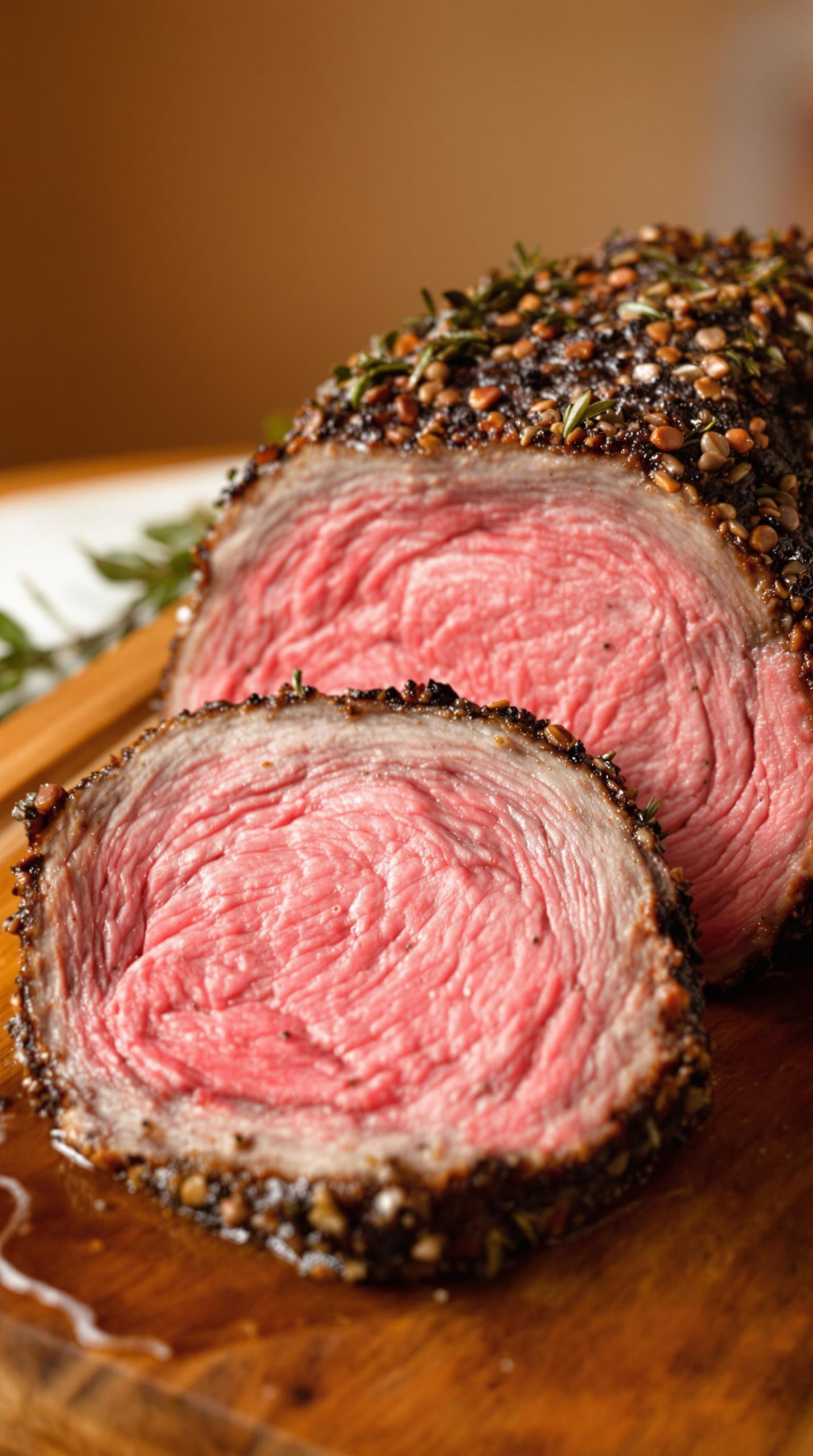
Making prime rib might seem intimidating, but trust me, the process is actually quite straightforward with a little patience.
Start by seasoning your 10-12 pound five-bone standing rib roast generously with 2 tablespoons of kosher salt, making sure to include the bone portion. This is where the flavor foundation begins. Next, rub 1½ tablespoons of dry mustard (Coleman’s works beautifully) all over the beef, followed by sprinkling 1½ tablespoons of chopped fresh rosemary leaves and fresh coarse ground black pepper to taste.
Place the seasoned roast in a 12×14-inch roasting pan, cover it loosely with plastic wrap, and let it rest in the refrigerator for 2-3 days. This extended dry-brining period is the secret weapon for developing incredible flavor throughout the meat.
On cooking day, remove your seasoned beef from the refrigerator about 3 hours before roasting. This room temperature rest is non-negotiable for even cooking—skip it and you’ll end up with a roast that’s overcooked on the outside and undercooked in the center.
When you’re ready to begin, position your oven rack in the lower third and preheat to 450°F. Start the roast rib side up at this high temperature for 20-25 minutes until it develops a beautiful brown crust and begins to sizzle. Then, reduce the heat to 325°F and continue roasting until a meat thermometer inserted into the thickest part reads 120°F for medium-rare, which typically takes about 2 hours for a roast this size.
If you’re cooking for a large gathering, you might consider using a commercial grade fryer for perfectly crispy side dishes to accompany your prime rib.
For the most consistent results and superior heat distribution, consider using a premium Dutch oven for your holiday roasting needs.
Remember that meat continues cooking after removal from the oven, so pulling it slightly before your desired doneness is always wise.
The final step might be the hardest—waiting. Transfer your gorgeous roast to a carving board and let it rest for 25-30 minutes. During this time, those flavorful juices redistribute throughout the meat rather than spilling out when you slice it. Can you imagine going through all this work only to have the juices puddle on your cutting board instead of staying in each bite?
After resting, remove and discard the chine bone, then carve your masterpiece against the grain into thick, juicy slices. Serve with the reserved pan juices for an extra layer of rich, beefy flavor that’ll have everyone asking for your secret technique.
Perfect Prime Rib Roast Substitutions and Variations
While the classic prime rib recipe I’ve shared is absolutely mouthwatering, you don’t have to follow it to the letter to achieve spectacular results.
You can swap rosemary for thyme or sage if you prefer, or create a garlic-herb crust with minced garlic and parsley. Don’t have dry mustard? Dijon works beautifully too.
For flavor variations, consider adding a horseradish crust, using coffee grounds in your rub, or even incorporating Asian flavors with soy sauce and ginger.
The cooking method is flexible as well—try reverse searing by starting at a low temperature and finishing with high heat.
Your kitchen, your rules.
What to Serve with Perfect Prime Rib Roast
When you’ve prepared a magnificent prime rib roast as the star of your table, the supporting cast of side dishes deserves just as much consideration.
I always lean toward classics that complement without competing—creamy horseradish sauce is non-negotiable in my book.
Roasted garlic mashed potatoes soak up those precious beef juices perfectly, while Yorkshire puddings honor tradition.
For vegetables, I love roasted Brussels sprouts with bacon or a simple green salad with vinaigrette to cut through the richness.
And what about a bold red wine?
Maybe a Cabernet Sauvignon or Malbec? The perfect pairing elevates both wine and meat.
Final Thoughts
The beauty of a perfect prime rib roast lies in its simplicity.
With just salt, mustard, rosemary, and black pepper, you’re creating a masterpiece that will have everyone at the table swooning.
I love how this cut speaks for itself—no need to overcomplicate things with fancy techniques or elaborate seasonings.
Unlike dishes such as Beef Bourguignon which require multiple steps of separately browning ingredients and long simmering times, prime rib shines through minimal intervention.
And unlike a traditional ground beef meatloaf that needs binding agents like breadcrumbs and eggs, prime rib maintains its integrity through the cooking process.


